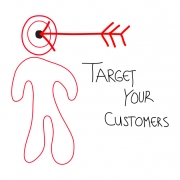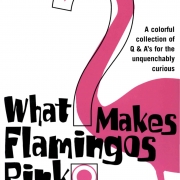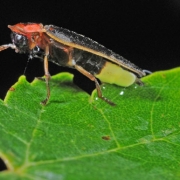Blog Marketing – Defining to Attract
In a Schwab benchmarking study for Registered Investment Advisors, it was found that firms who had documented an ideal client persona for targeting their marketing efforts attracted 42% more new clients. “In order to drive growth over the long term, any company has to understand what type of person they are perfectly designed to serve,” When providers focus on the unique needs of their target audience, they can develop an experience that is perceived as valuable by those clients, was the takeaway.
That advice about targeting your market is right on target for content marketers, we know at Say It For You. Your business or practice can’t be all things to all people. Everything about your blog should be tailor-made for your ideal customer – the words you use, how technical you get, how sophisticated your approach, the title of each blog entry, all must focus on things you know about your target market – their needs, their preferences, their questions – and only secondarily on how wonderful you and your staff are at satisfying those needs and preferences.
To go about creating an ideal client persona, Schwab urged its advisors to:
- identify favorite clients, clients who are engaged, profitable, and loyal, and from whom “you get real joy and energy”.
- create a composite of the best characteristics of those clients, identifying commonalities such as concerns, personality traits, communication preferences.
- create a value proposition that “resonates with that composite profile”. Paint a picture of why those clients will look back and be grateful they made the decision to work with you.”
Ten years before that Schwab survey, I had shared insights from an article in the Journal of Financial Planning explaining that financial advisors have three basic roles:
- As listeners, advisors’ goal is to uncover and address the source of clients’ concerns.
- As connectors, their goal is to help clients connect the different aspects of retirement planning, and when necessary, connect clients with other professionals whose expertise they need.
- As resolvers, their goal is guiding clients to decisions.
In marketing, focus is everything. As content writers, we cannot position ourselves (or our clients) within the marketplace without studying the surroundings for our target audience. For blogs to be effective, they must serve as positioning and differentiating statements. We need to know our readers, and our readers need to know we know.






Follow us online!